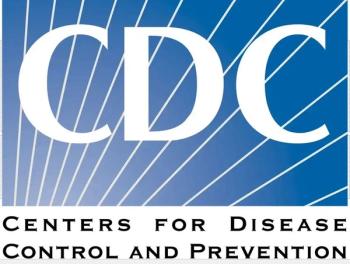
HIV/AIDS and Starfish: "It Makes A Difference to This One"
Millions of years of life have been saved by antiretroviral therapy. For more lives to be saved, for more years of life to be gained, patients and doctors need to be aware of the risk of HIV infection and to be amendable to screening.
In a snowstorm, each snowflake that falls is said to be unique.
In a 2006 study,
By now, perhaps that number has doubled.
For nearly a decade, my clinic supported a small HIV-treatment program in Nigeria, north of Lagos. We named it the Starfish program after a story about a man walking on a beach littered with thousands of starfish. On the beach, the man encountered a boy who was picking up starfish and throwing them one by one back into the sea. The man approached the boy and asked what he was doing and wondered aloud that given the number of starfish on the beach, the boy’s efforts wouldn’t make any difference. The boy kept on bending over and picking up starfish and throwing them into the water. “It makes a difference to this one,” the boy said as he threw.
I teach an elective Narrative Medicine class to first-year medical students. One of the students is writing about her experiences in an orphanage for sick babies in China. The name of the orphanage is Starfish. The student wrote the same story about the boy on the Nigerian beach as the origin of the name of the orphanage.
For more lives to be saved, for more years of life to be gained, we need to continue to get patients into care. So each patient is like a starfish. Patients and doctors need to be aware of the risk of HIV infection and amenable to screening. Testing needs to be available, straightforward, and inexpensive. And once a diagnosis is made, care needs to be accessible, affordable, and multidisciplinary.
Newsletter
Enhance your clinical practice with the Patient Care newsletter, offering the latest evidence-based guidelines, diagnostic insights, and treatment strategies for primary care physicians.


















































































































































































































































































